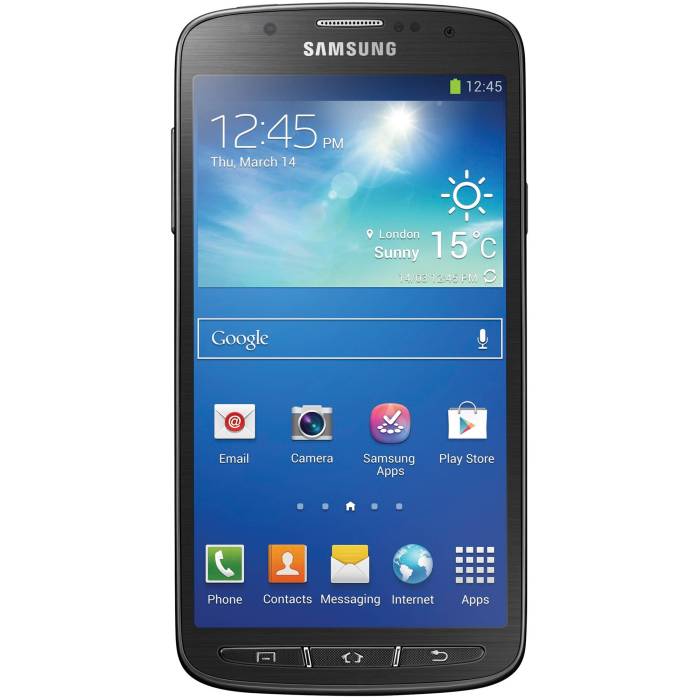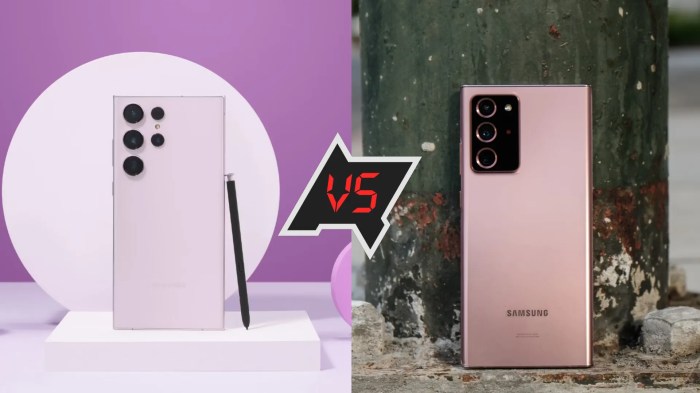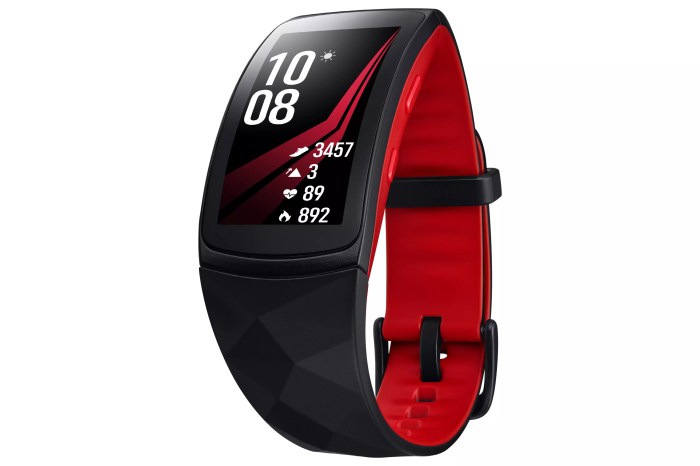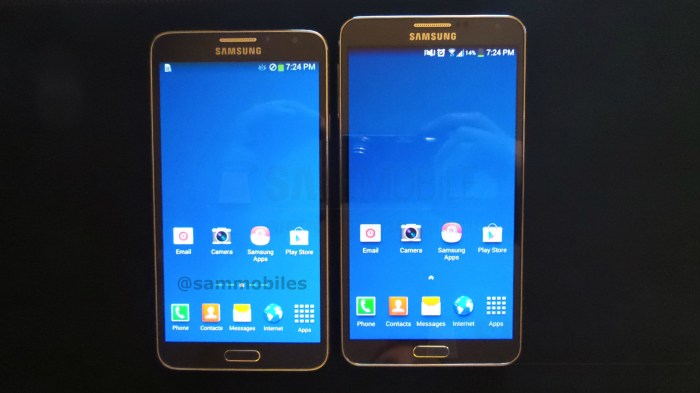Samsung Galaxy S4: A Detailed Look at its Specifications: Samsung S4 Phone Specification
Samsung s4 phone specification – The Samsung Galaxy S4, released in 2013, marked a significant step forward in smartphone technology. This article delves into the various models, specifications, and features of this iconic device, providing a comprehensive overview for those interested in its technical details or a nostalgic look back at a pivotal moment in mobile history.
Samsung Galaxy S4 Models and Variations
The Samsung Galaxy S4 wasn’t just a single device; it encompassed a family of smartphones, each with its own set of specifications. Key variations included the standard Galaxy S4, the smaller S4 mini, and the ruggedized S4 Active. These variations catered to different user preferences and needs, offering choices in size, durability, and features.
| Model | Screen Size | Processor | RAM | Storage |
|---|---|---|---|---|
| Galaxy S4 | 5.0 inches | Qualcomm Snapdragon 600 or Exynos 5 Octa | 2 GB | 16 GB, 32 GB, 64 GB |
| Galaxy S4 mini | 4.3 inches | Qualcomm Snapdragon 400 | 1.5 GB | 8 GB, 16 GB |
| Galaxy S4 Active | 5.0 inches | Qualcomm Snapdragon 600 | 2 GB | 16 GB |
Processor and Performance
The Samsung Galaxy S4 boasted a powerful processor for its time. The specific processor varied depending on the region and model. Many versions utilized the Qualcomm Snapdragon 600, a quad-core processor known for its efficiency and performance. Other models featured the Exynos 5 Octa, Samsung’s own eight-core processor, offering enhanced multitasking capabilities. The Adreno 320 GPU (in Snapdragon variants) provided competent graphical performance, enabling smooth gaming and multimedia experiences.
Compared to contemporary smartphones, the Galaxy S4’s processor held its own. While benchmarks varied depending on the specific model and testing conditions, it generally outperformed many of its competitors in tasks such as web browsing, app loading, and gaming. While precise benchmark scores are difficult to consistently source due to variations in testing methodologies, it’s safe to say it was a top performer for its era.
The device’s processing power was generally considered smooth and responsive for everyday tasks and many games of the time.
Memory and Storage
The Samsung Galaxy S4 offered various RAM and internal storage options. The standard Galaxy S4 typically came with 2GB of RAM, while the S4 mini had 1.5GB. Internal storage options ranged from 16GB to 64GB, depending on the model. Expandability was a key feature, with microSD card support allowing users to increase storage capacity significantly, addressing the limitations of built-in storage.
The amount of RAM and storage directly impacted the user experience. Adequate RAM ensured smooth multitasking, preventing lag and app crashes. Sufficient storage allowed users to store a large number of apps, photos, videos, and other files without constantly worrying about running out of space. The expandable storage option was particularly beneficial for users who consumed a lot of media or downloaded many apps.
Display Specifications, Samsung s4 phone specification
The Samsung Galaxy S4 featured a vibrant Super AMOLED display. The standard S4 and S4 Active had a 5.0-inch screen with a 1080 x 1920 pixel resolution, resulting in a sharp and detailed image. The S4 mini had a smaller 4.3-inch display with a lower resolution. The AMOLED technology delivered deep blacks, rich colors, and excellent contrast, resulting in a visually appealing experience.
Brightness levels were generally good, ensuring readability even in bright sunlight.
While modern smartphone displays offer higher resolutions and improved technologies like HDR, the S4’s display was impressive for its time. The vibrant colors and deep blacks of the Super AMOLED panel created a visually engaging experience, making it enjoyable to watch videos, browse photos, and play games.
Camera Features
The Samsung Galaxy S4’s camera capabilities were noteworthy for its era. Both the rear and front cameras offered decent specifications and features.
The Samsung S4, while a legacy device, boasted impressive specs for its time. However, comparing its capabilities to modern Samsung offerings reveals a significant advancement in technology. For a look at a contemporary budget-friendly option, check out the detailed specifications for the Samsung Galaxy A15 at samsung galaxy a15 specification. Returning to the S4, its legacy highlights the rapid pace of innovation within Samsung’s mobile phone lineup.
- Rear Camera: Typically 13 megapixels, f/2.2 aperture, various shooting modes (including HDR).
- Front Camera: Generally 2 megapixels, capable of capturing decent selfies for the time.
- Image Quality: Images generally exhibited good detail in well-lit conditions, though noise levels could increase in low-light scenarios. Dynamic range was decent, capturing a reasonable range of tones.
- Video Recording: Supported 1080p video recording at 30 frames per second.
Connectivity and Sensors

Source: walmartimages.com
The Samsung Galaxy S4 provided a comprehensive suite of connectivity options and sensors. These features enhanced its functionality and user experience.
- Connectivity: Wi-Fi, Bluetooth, NFC, GPS, and various cellular data options (depending on the model and region).
- Sensors: Accelerometer, gyroscope, proximity sensor, ambient light sensor, magnetometer (compass).
The sensors played crucial roles in the phone’s operation. For instance, the accelerometer detected changes in orientation, enabling screen rotation. The gyroscope provided more precise motion tracking for gaming and augmented reality applications. The proximity sensor automatically turned off the screen during calls to prevent accidental touches.
Battery Life and Charging
The Samsung Galaxy S4 typically featured a battery capacity around 2600 mAh. Battery life varied depending on usage patterns; moderate usage would typically provide a full day of battery life, while heavy usage (gaming, streaming) could necessitate more frequent charging. The charging technology was standard for the time, using a USB port for charging.
Operating System and Software

Source: bhphotovideo.com
The Samsung Galaxy S4 launched with Android 4.2.2 (Jelly Bean). It received several significant software updates, extending its lifespan and adding new features. The user interface was Samsung’s own TouchWiz, which provided a customized experience on top of the standard Android OS. TouchWiz offered various features like custom themes, widgets, and enhanced multimedia capabilities.
Physical Design and Dimensions
The Samsung Galaxy S4 sported a sleek, modern design for its time. Its dimensions were relatively compact, making it comfortable to hold and use with one hand. The device was constructed primarily from plastic, contributing to its lightweight feel. The overall aesthetic was clean and understated, with a focus on functionality and ease of use. The phone’s design was a significant improvement over its predecessor, showcasing a more refined and premium look.
FAQ Corner
Was the Samsung Galaxy S4 waterproof?
No, the standard Samsung Galaxy S4 was not waterproof. The S4 Active model, however, offered water and dust resistance.
Did the Samsung Galaxy S4 support wireless charging?
No, the Samsung Galaxy S4 did not natively support wireless charging.
What was the typical battery life of the Samsung Galaxy S4?
Battery life varied depending on usage, but generally offered a full day of moderate use. Heavy usage would likely require charging before the end of the day.
Could you expand on the S4’s software updates?
The S4 received several Android OS updates, though support eventually ended. The exact number and duration of updates depended on the region and carrier.




